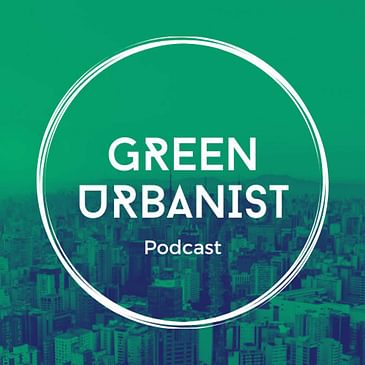In conversation with Alisdair Ben Dixon (Collective Works), Anna Lisa McSweeney (White Arkitekter) and Isabel Allen (Architecture Today) about the new Regenerative Architecture Index (RAI).
Launched by Architecture Today and UK Architects Declare, the Regenerative Architecture Index (RAI) sets out to benchmark practices progress in the move towards regenerative practice and projects. It recognises the need for a built environment that isn’t merely reducing its negative impacts, but has positive impacts for today and the long term.
We discuss why they created the index, how they define 'regenerative design' and shifting towards regenerative practice in the built environment.
Submissions are open until 17 May 2024.
Links:
Find out more and submit to the RAI: https://architecturetoday.co.uk/the-regenerative-architecture-index/
More about Alisdair and Collective works: https://collectiveworks.net/practice/
More about Anna Lisa: https://nla.london/contributors/anna-lisa-mcsweeney
White Arkitekter: https://whitearkitekter.com/
Bill Sharp's 3 Horizons Model: https://www.futuregenerations.wales/resources_posts/three-horizons-toolkit/
Thanks for listening!
Join the Green Urbanist Weekly newsletter: Substack
Support the Podcast by Donation


